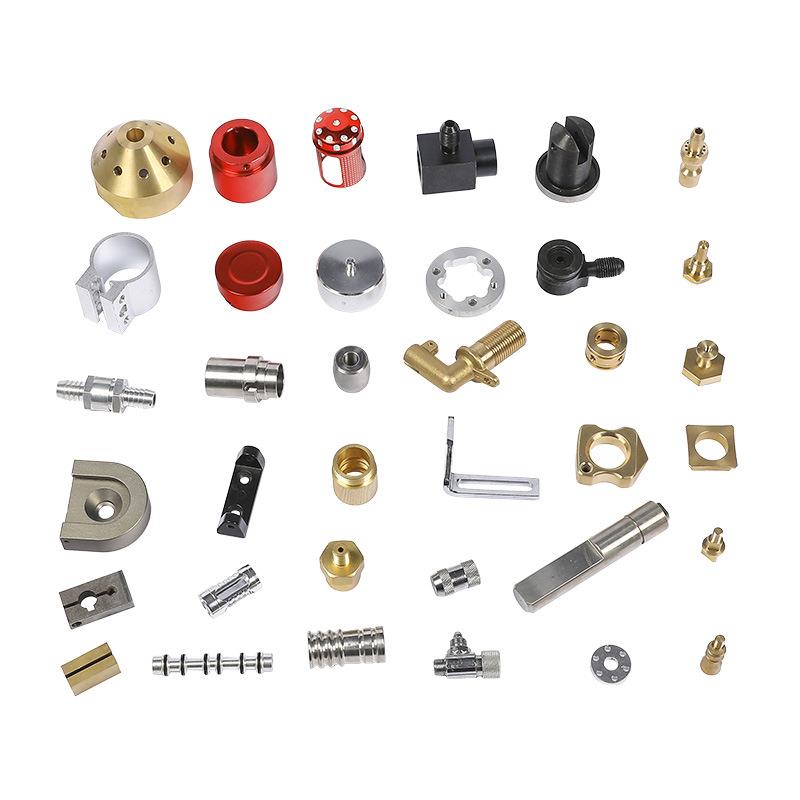Aspects of turn-mill combination parts
2024-02-20
Turn-mill combination parts, also known as mill-turn or multitasking parts, are components manufactured using CNC machines that integrate both turning and milling capabilities. These machines are designed to perform a variety of operations on a workpiece without the need for multiple setups or tool changes. Here are key aspects of turn-mill combination parts:
1. CNC Multitasking Machines: Turn-mill combination parts are produced on CNC multitasking machines, which can seamlessly switch between turning and milling operations. These machines often have multiple axes of motion and the capability to hold multiple tools.
2. Turning Operations: The turning aspect of the machine involves rotating the workpiece while a cutting tool shapes it. This is especially useful for creating cylindrical shapes, threads, and other features that involve rotational symmetry.
3. Milling Operations: The milling aspect of the machine allows for the removal of material in various directions, creating complex shapes, pockets, and intricate features. Milling can be performed on flat surfaces, contoured surfaces, and even in three dimensions.
4. Simultaneous Operations: One of the key advantages of turn-mill combination machines is the ability to perform turning and milling operations simultaneously. This reduces production time and increases efficiency.
5. Reduced Setups: Traditional manufacturing processes might require separate setups for turning and milling, leading to increased complexity and potential errors. Turn-mill machines streamline the process by completing both operations in a single setup.
6. Complex Geometries: Turn-mill combination parts are well-suited for components with complex geometries that require both turning and milling features. Examples include components with intricate shapes, multiple contours, and tight tolerances.
7. Reduced Work Handling: Since turn-mill machines can perform multiple operations without the need for manual intervention, the risk of errors associated with transferring workpieces between different machines is minimized.
8. Materials: Turn-mill combination machines can work with a variety of materials, including metals, plastics, and composites, making them versatile for different industries.
9. Precision and Tolerances: CNC multitasking machines provide high precision and tight tolerances, ensuring that turn-mill combination parts meet the required specifications.
10. Applications: Turn-mill combination parts find applications in industries such as aerospace, automotive, medical, and precision engineering. Common examples include shafts, connectors, and other components with both rotational and complex geometric features.
The use of turn-mill combination machines is advantageous for achieving efficient and cost-effective production, particularly for complex components. It is important to work closely with CNC programmers and machinists to optimize the programming and tooling for the specific requirements of the part to be manufactured.



